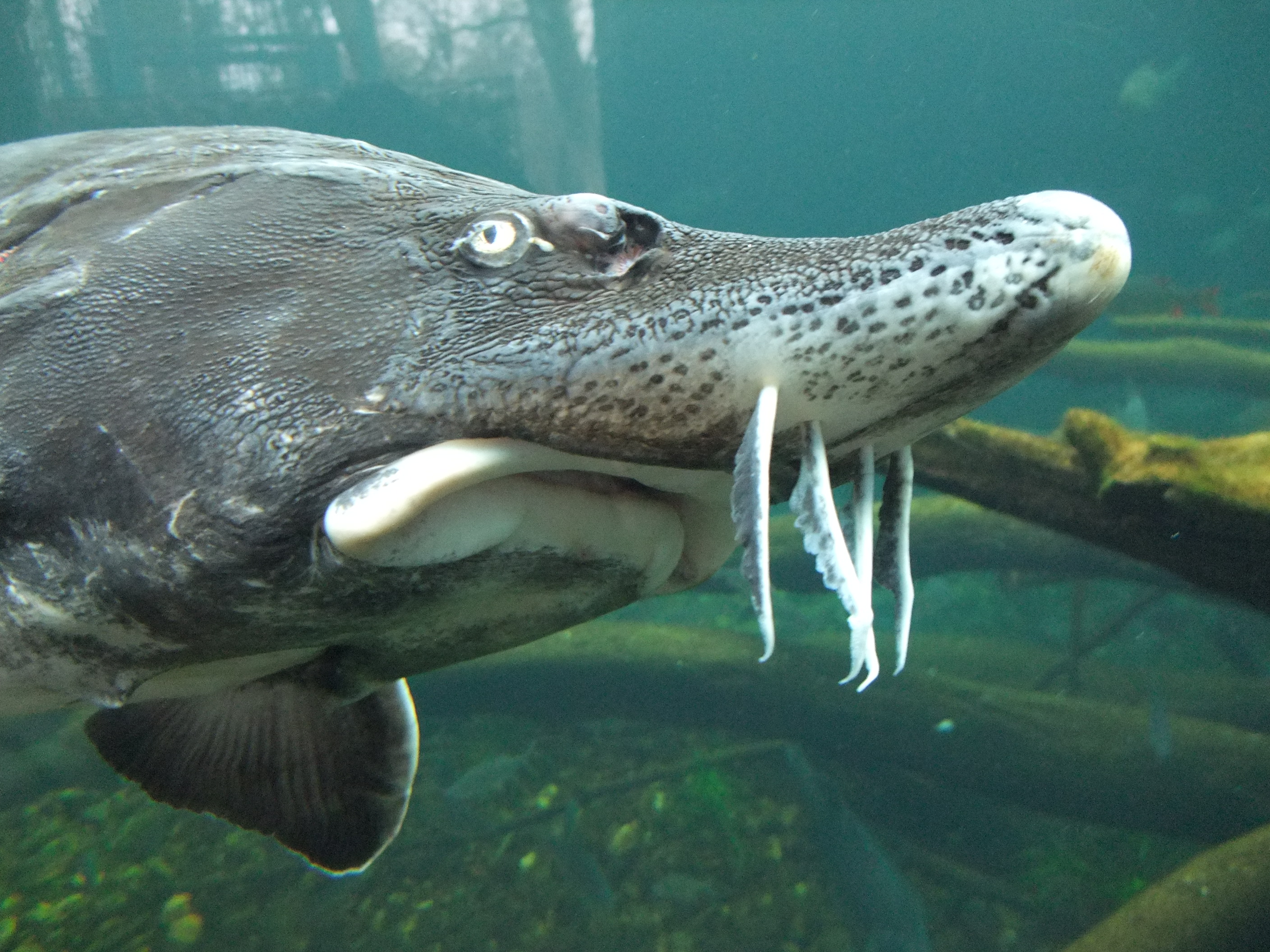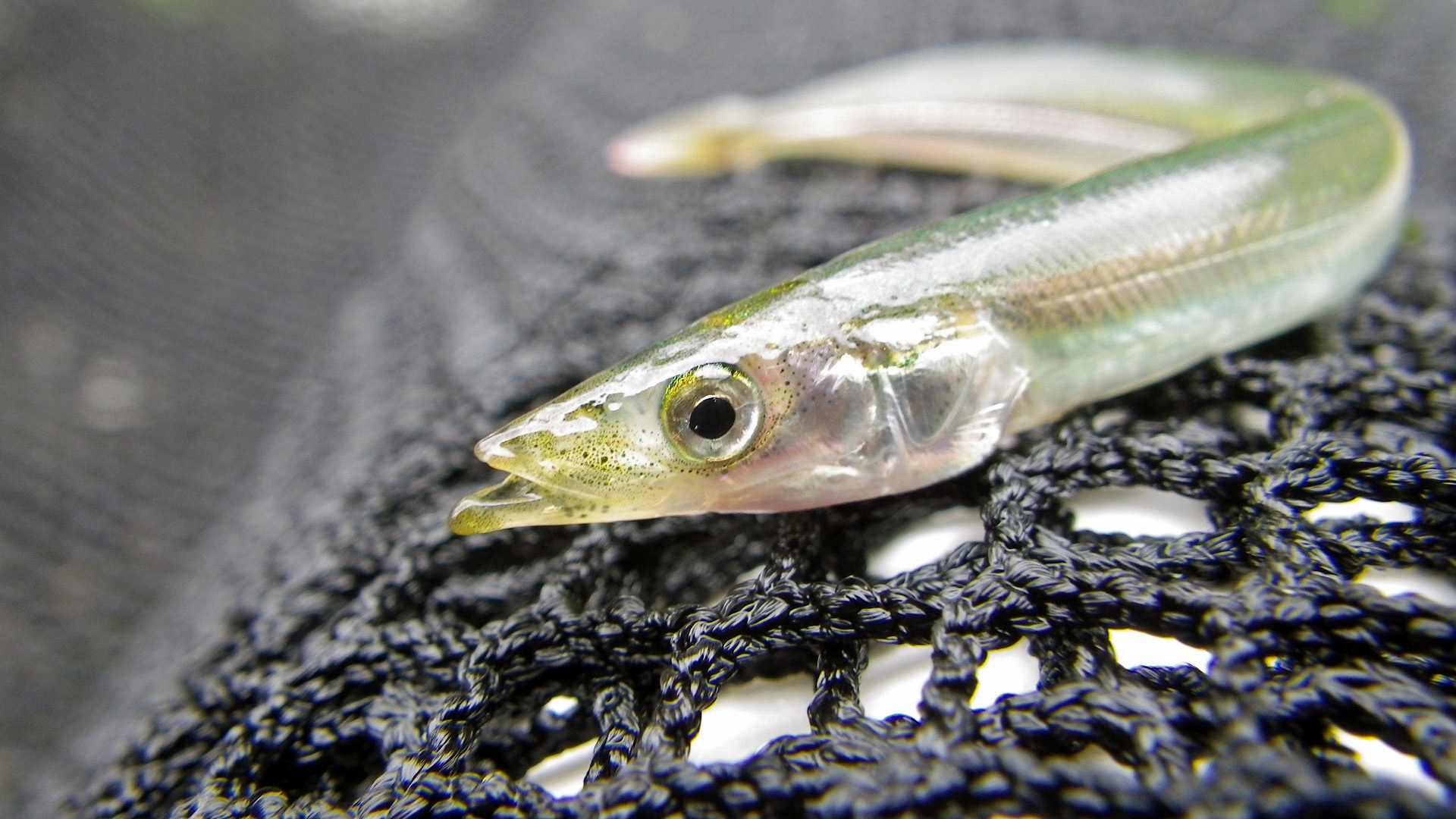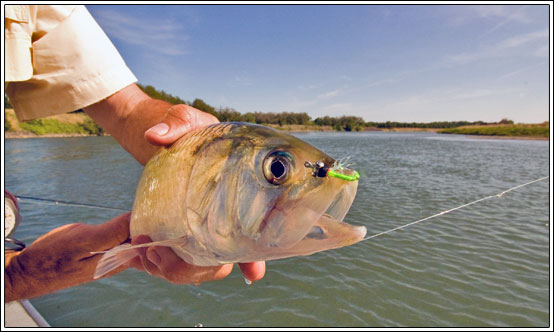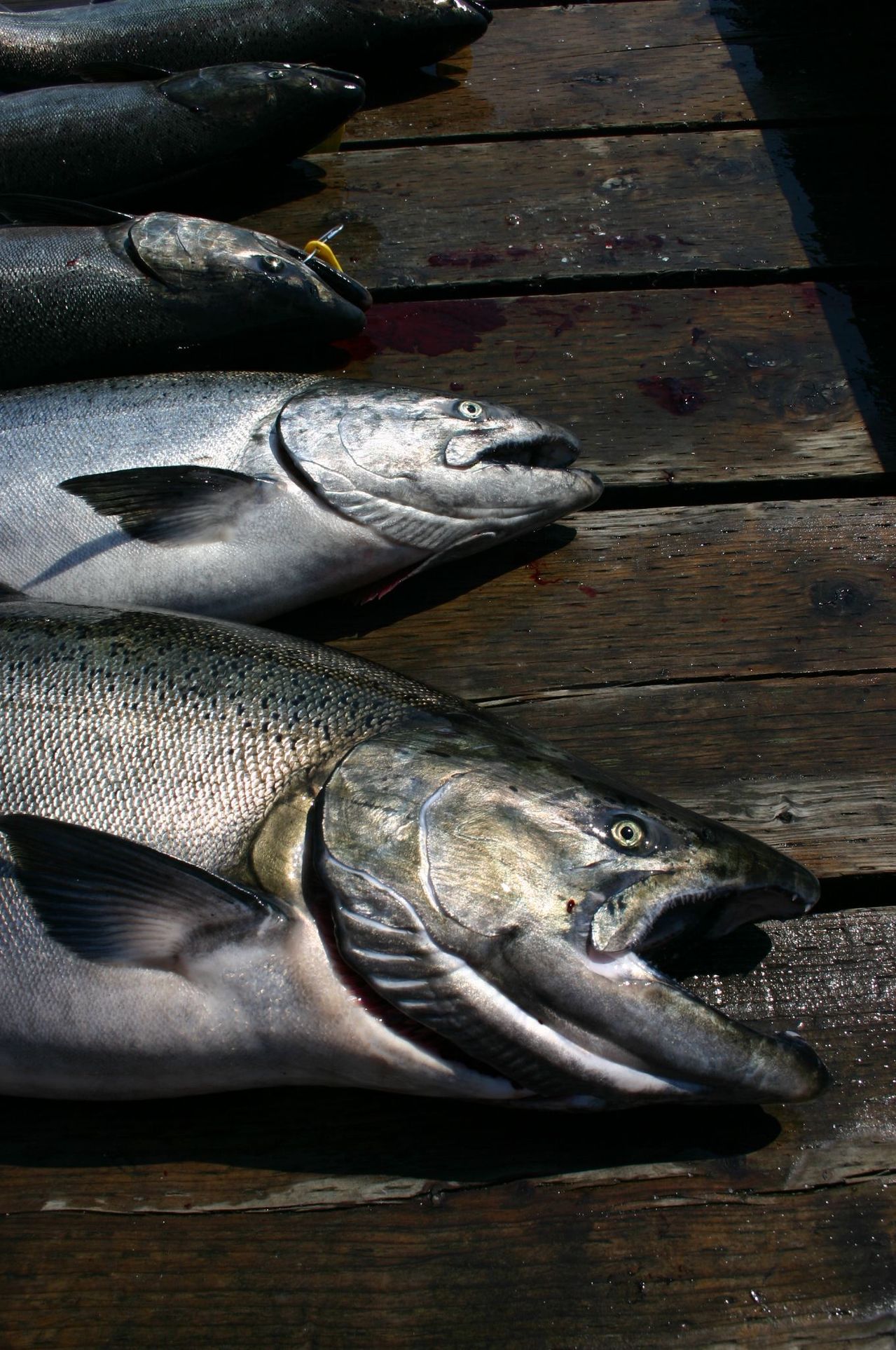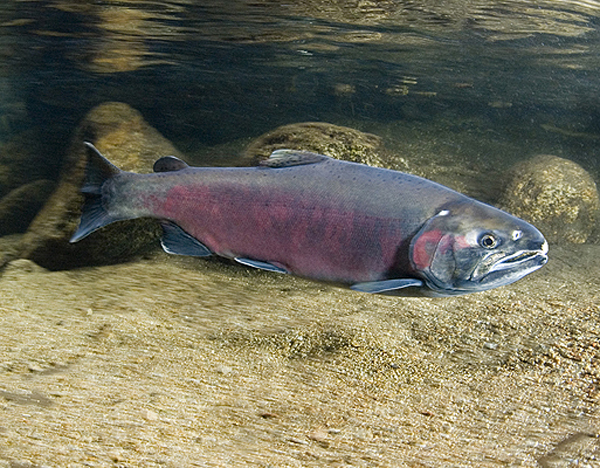Catching sturgeon is done almost always from a boat at anchor. And the exclusive approach is still fishing. Because of this, it’s important to drop your bait in a promising location. There are prime sturgeon fishing spots throughout the bays and Delta.
Catching sturgeon is best on a strong, incoming tide and at the turning of this tide. Most sturgeon are caught in 10-20 feet of water, often at drop-offs. Electronic fish finders are very helpful in locating these contours and actually “seeing” the sturgeon themselves. But many sturgeon are caught by anglers who don’t have depth finders. Try a location. Move on in half an hour if there is no action.
Related Articles:
-
How to Catch Rockfish
-
Perch Fishing Tips
-
How to Catch Flounder and Sanddabs
-
Play a Hooked Trout
-
Catch and Release
Sturgeon are bottom feeders. In fact, their mouths hover over the bottom and literally suction or vacuum in the food, so bait must be right on the bottom. A sturgeon’s initial bite is very soft, which dictates two things:
- A sliding sinker rig.
- A rod tip that is sensitive enough to detect the light movement as the sturgeon picks up the bait and moves slightly as it suctions it in.
Many sturgeon anglers cast out or lower in their offering, tighten up the line after the bait sinks to the bottom, and then lean the rod against the transom of the boat (the rod butt on the floor.) Then, when a tap is detected, the angler lifts the rod up and points the tip directly at the fish. A big pull means to set the hook hard. Several pumps are probably in order. Sturgeons have tough mouths.
About Sturgeon
Of the 16 species of sturgeon, two live in local waters (San Fransisco Bay, San Pablo Bay, Suisun Bay, the Delta, Sacramento River). Green sturgeon (sometimes locally referred to as yellow) are the least prevalent. Greens have long slender snouts and grow to about 7 feet in length and 350 pounds.
White sturgeon (actually grey) have a more blunt nose and can grow even larger! The white sturgeon is the largest fish found in North America fresh waters. And this prehistoric species has a lifespan of over 100 years. Sturgeons are bottom feeders with a diet consisting of clams, grass shrimp, craps and herring roe.
Tackle and Equipment to Catch Sturgeon
As mentioned above, a rod with a sensitive tip is recommended. But some anglers prefer heavy-action rods. These also work fine, especially if the anglers like to hold the rod and sense the bite by keeping the line between the thumb and index finger. The rod should be 6 1/2 to 8 feet long and have a long butt below the reel mount to lend leverage while playing the fish.
Most sturgeon anglers use conventional ocean-weight fishing reels. But relatively heavy spinning reels, with a good drag and the capability to hold 250 yards or so of 30 pound line, will also work. A landing net will work for sturgeon that are only a foot or more over the legal limit (40 inches). Beyond this, a gaff or snare is probably required.
Best Bait and Rigs to Catch Sturgeon
Two or three hook sturgeon rigs can be purchased at many Bay Area bait shops. 6/0 size hooks are recommended. These leaders use wire line. Attach the rig to your line with a strong snap swivel.
Grass shrimp are the most common bait. Mud and ghost shrimp are also used. Two people need about one pound of bait. Load up each hook with bait. 4 or 5 shrimps may be needed. The bigger the wad the better. Live or fresh bait is most desirable. You can slide shrimp up the hook leader. Some suggest putting shrimp on the hook, tail first. Anchovies and clans can also be used for bait. Some use a small hair net to hold their baits in a glob.
Where to Catch Sturgeon
See the San Fransisco Bay Fishing, Delta Fishing and Freshwater Fishing posts.
Cleaning and Cooking
Many anglers put caught sturgeon on a heavy rope stringer and then bleed them while still in the water. Cut the fish deeply behind each gill.
The first item on the cleaning agenda is to gut the fish. Next, slice off the sharp spines along the sides, top and bottom. Slice through the skin on the back and belly, and along the rear or the gill cage. By hand, or with a pair of pliers, pull the skin off each side. Now, cut off the head and make a deep cut around the fish right in front of the tail. You can now remove the spinal column in one piece. Finally, steak the fish and fillet the tail section. Trim off the red meat along the sides and next to the spinal column.
Sturgeon can be cooked in many ways – baked or barbecued, lightly floured and pan-fried in butter, or smoked. The flesh is lean, compact, almost meat-like and quite rich.
Post: How to Catch Sturgeon

